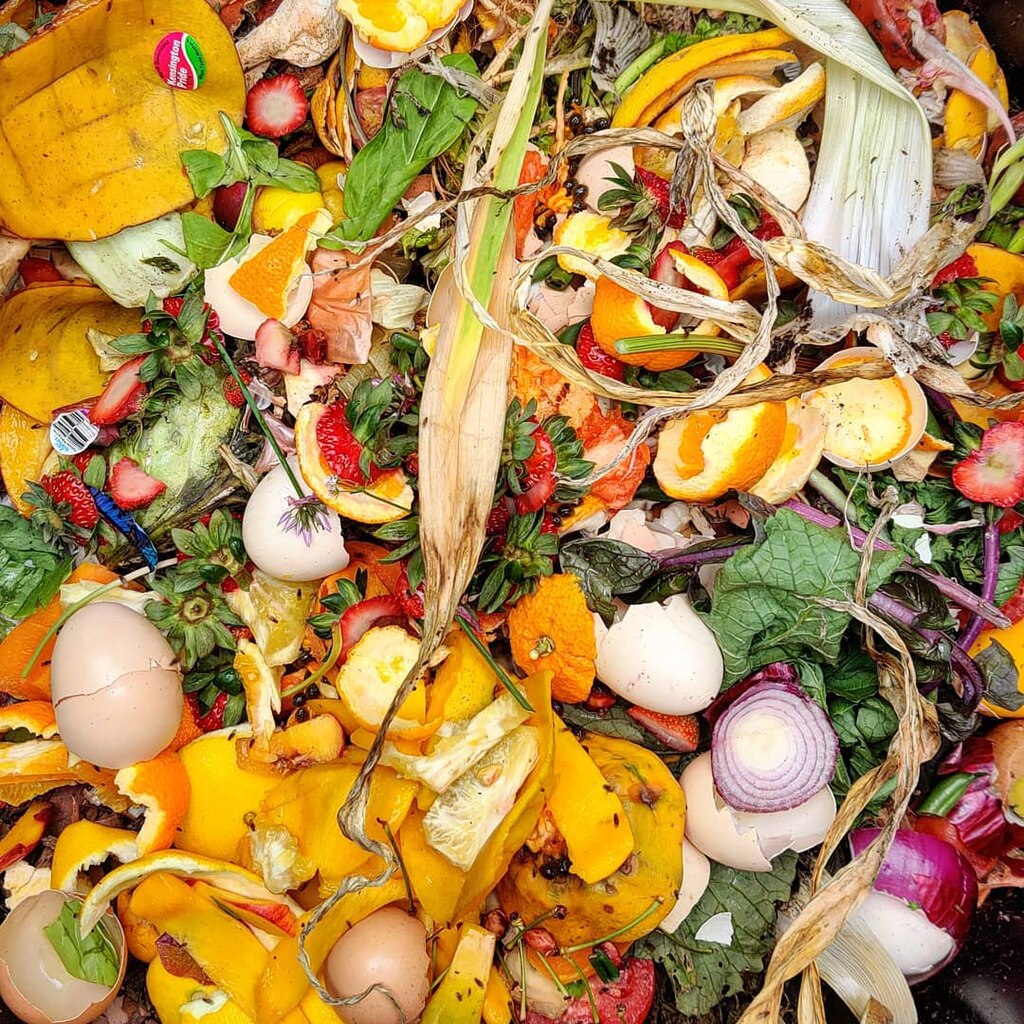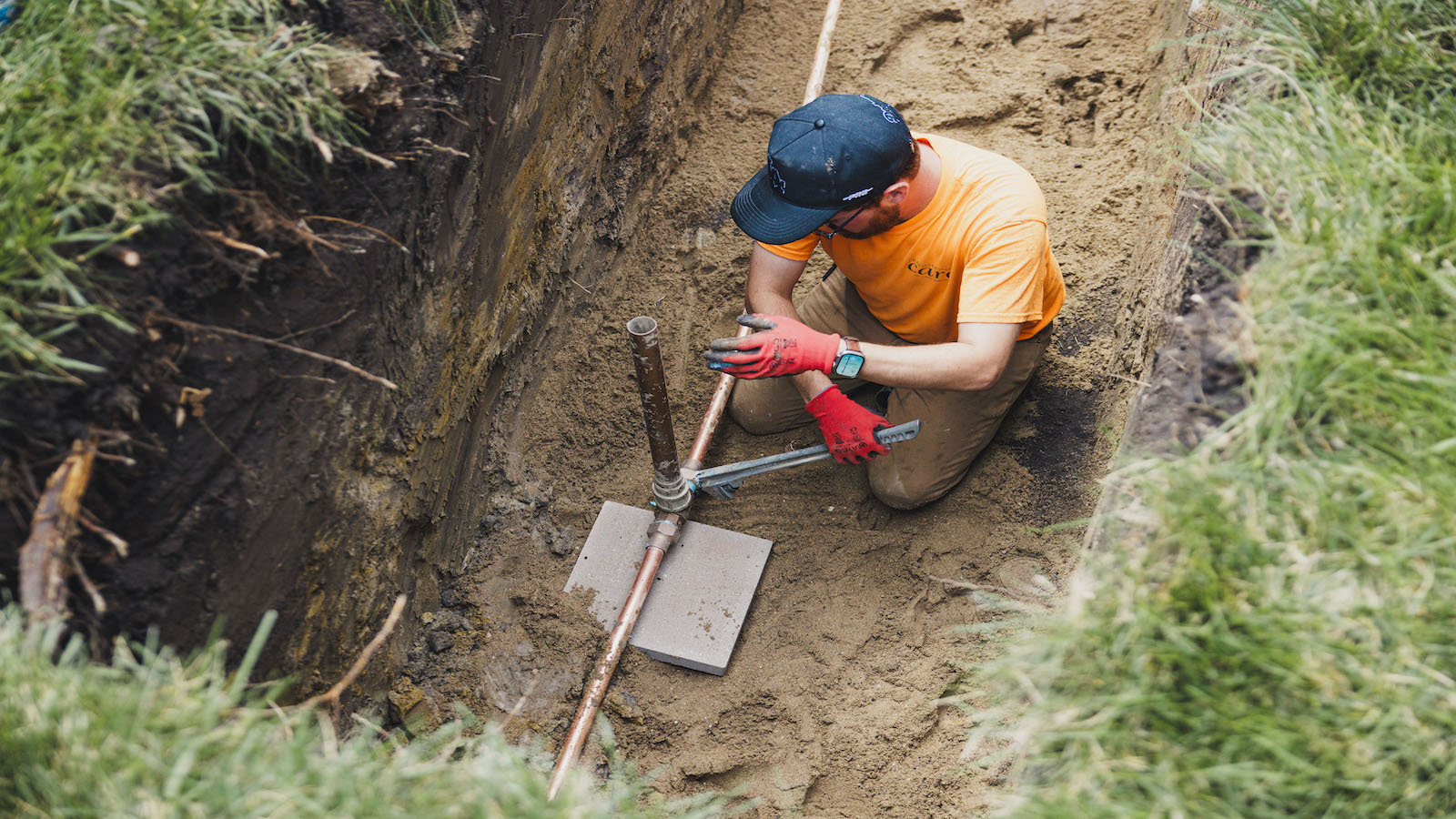Sustainability, Vol. 17, Pages 7835: Life Cycle Assessment of Spring Frost Protection Methods: High and Contrasted Environmental Consequences in Vineyard Management
Sustainability doi: 10.3390/su17177835
Authors:
Vincent Baillet
Ronan Symoneaux
Christel Renaud-Gentié
Due to climate change, the risk of spring frosts has increased and may rise further in the near future. This is pushing winegrowers to adopt active spring frost protection methods (ASFPMs) in their vineyard management practices. This study analyzes the potential contribution of the most commonly used ASFPMs to the environmental impacts of grape production in the Loire Valley region, using the Life Cycle Assessment (LCA) approach, while considering local mesoclimatic conditions. The environmental offsets of ASFPMs are modeled by comparing the viticulture stage impact with and without ASFPM technologies. Furthermore, the present paper proposes an original approach to integrate potential yield loss, simulating frost damage. This sensitivity analysis identifies the yield loss threshold at which the different ASFPMs are environmentally compensated under various mesoclimatic conditions. We show that the environmental contribution of instant ASFPMs varies most significantly based on the number of frost hours, but generally remains the highest across most environmental indicators compared to other impacts of viticulture, e.g., ranging from 35 to 92% for the climate change indicator. Wind machines contribute the least to the viticulture stage, regardless of frost hour occurrence. However, even permanent solutions have a significant impact on at least one environmental indicator, regardless of frost hour occurrence. Additionally, the environmental offset analysis outlines that the yield loss thresholds for ASFPM impact compensation are high, even for the most effective solutions in a frost-prone context. Future research should include passive spring frost protection methods and other types of vineyard management in LCA of the viticulture stage.
Source link
Vincent Baillet www.mdpi.com


